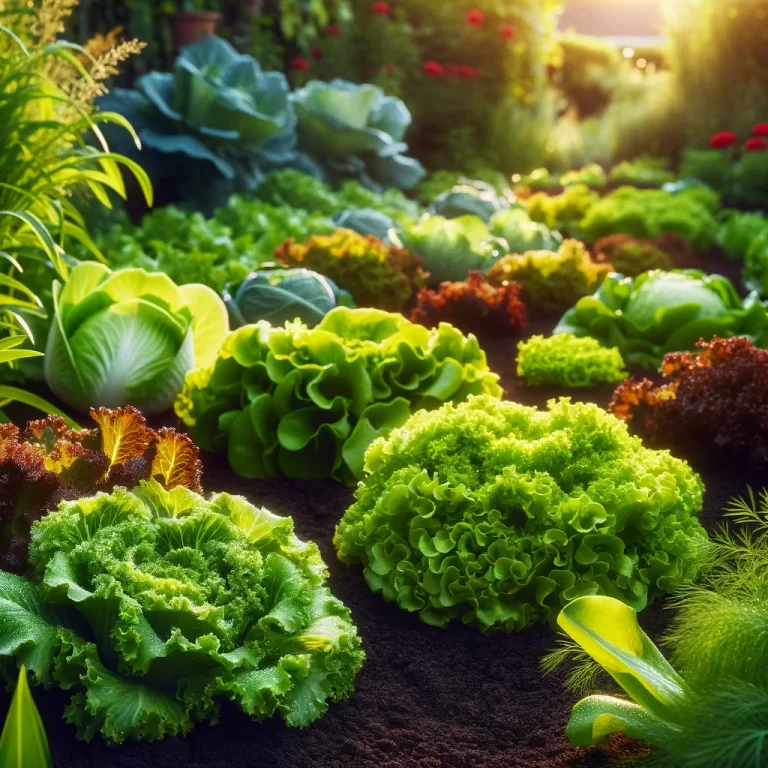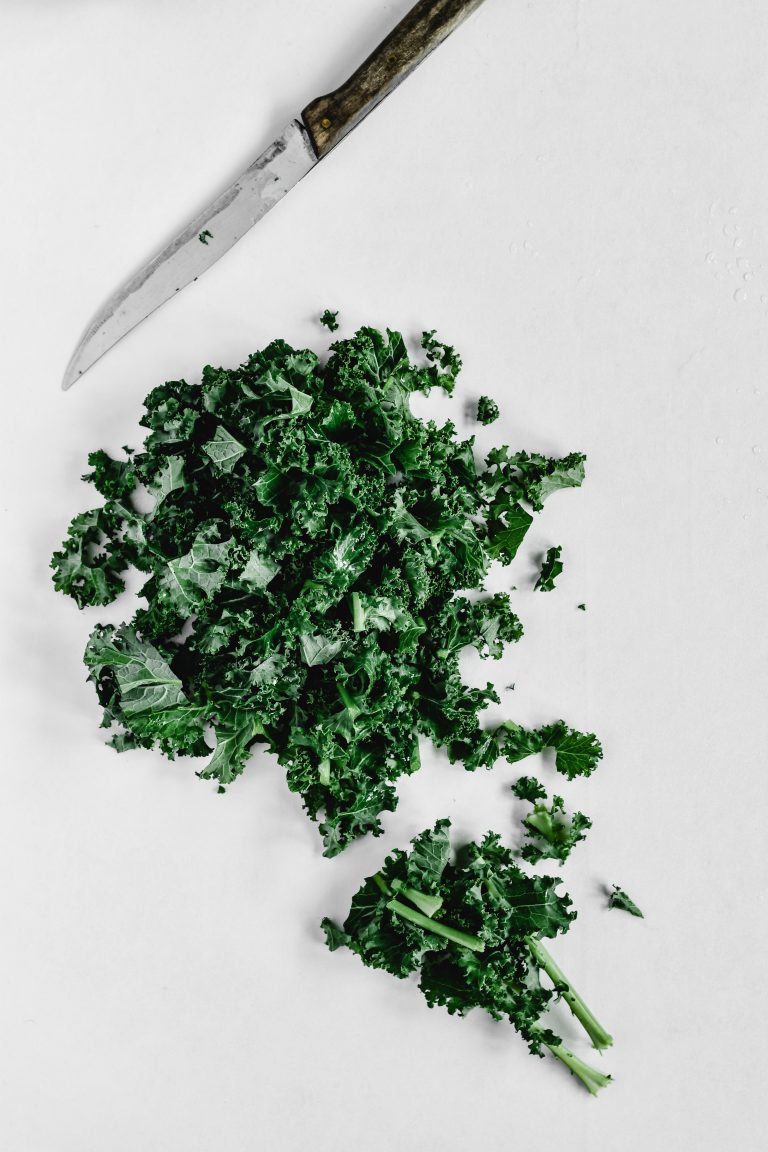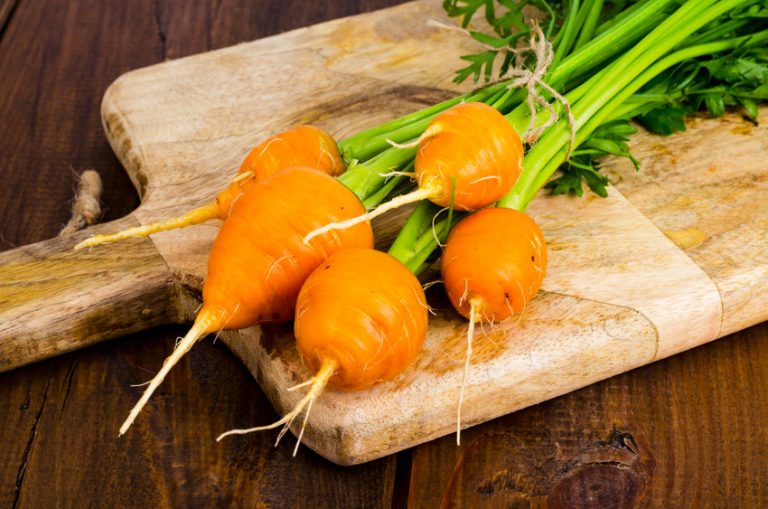Lettuce is a staple in salads and sandwiches, and its popularity continues to rise as people seek healthy, fresh, and locally sourced food options. With an increasing interest in home gardening and sustainable agriculture, understanding the nuances of growing lettuce, when to transplant lettuce seedlings, and more are potentially critical. Here’s an overview of the…
lettuce
What To Do With Your Harvest
Winter weather is right around the corner. But if you’re anything like me, your garden is still bursting with produce. At the tail end of the season, gardeners can sometimes feel overwhelmed by the amount of produce they have on their hands. Here’s what to do with your harvest. What to do with your…
5 Compact Plants For Small Gardens
You’re probably interested in frugal gardening tips because you’re on a budget. But I’ll bet that many frugal gardeners also have to carefully budget gardening space. Most people don’t have a lot of room to work with. And even if you have a large property, it’s likely that not all areas are conducive to growing…


